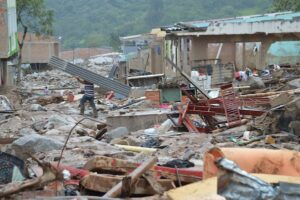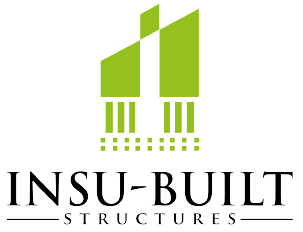Climate change impacts are everywhere .Earthquakes, floods and fires have become the new reality and yet construction techniques have not kept pace with this new reality . Supply constraints and constantly changing commodity prices have necessitated new and innovative construction solutions.
New West Coast seismic requirements require structures to accomodate additional structural strength that until now could only be met by expensive steel or concrete forming structures rendering them slow to build and unaffordable for most forms of housing .
Wood has been a staple of most housing construction yet wood suffers as a poor insulator, often has moisture related issues leading to mold growth , tends to warp, and does not last . Wood is more susceptible to fire, water and decay and cannot withstand hurricanes, high winds or earthquakes.

Hurricanes have been destroying homes and buildings with increasing regularity. Insubuilt homes can withstand high winds and flying debris. ICF structures can be engineered to withstand a category 5 hurricane

L
Insubuilt homes are insect resistant and are completely sealed to the outside

Earthquakes are occuring more frequently and Insubuilt meets or exceeds current West Coast seismic regulations

Wood is plagued with moisture and humidity issues which can lead to mold and mildew . Insubuilt walls are sealed cavities and do not allow any water penetration
